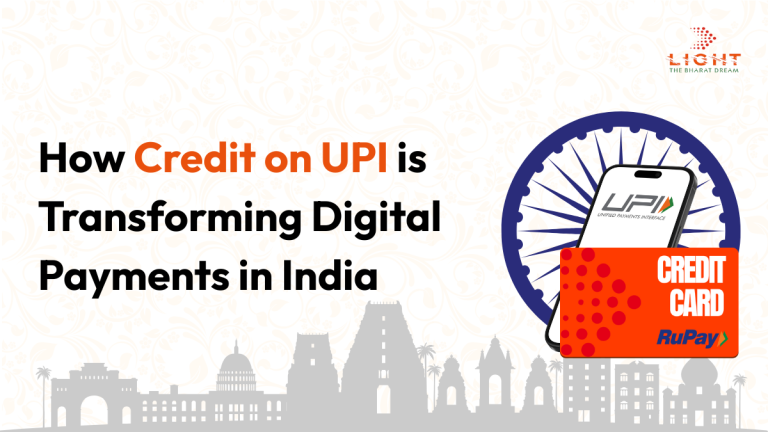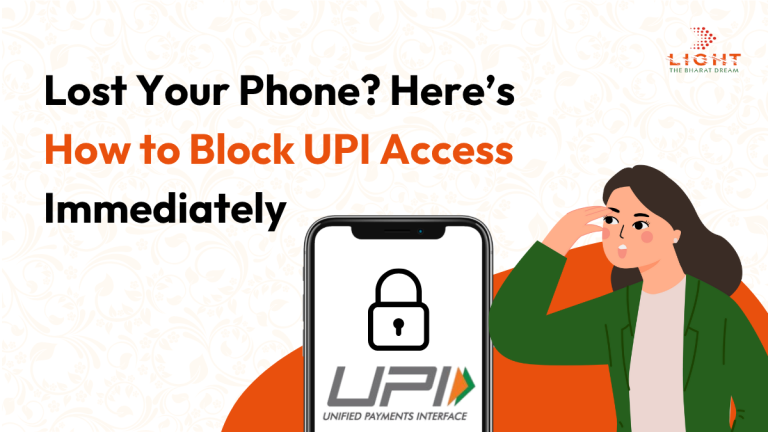What Happens if a UPI Transaction Fails?
UPI (Unified Payments Interface) is widely used across India for fast and secure money transfers. However, UPI payments may sometimes fail due to server errors, network issues, or app-related glitches. If a UPI transaction fails, users often worry about whether their money is lost and how to get a refund.
This guide explains what happens when a UPI transaction fails, why it happens, and what steps you can take to resolve the issue quickly and securely.
What is a UPI Transaction?
- UPI allows instant fund transfers between two bank accounts using a mobile number, UPI ID, or QR code.
- It operates 24/7 and is supported by all major Indian banks through apps like Google Pay, PhonePe, Paytm, BHIM, and others.
- UPI transactions are quick and do not require bank account numbers or IFSC codes.
Common Reasons Why UPI Transactions Fail
- Bank Server Downtime
If the sender’s or receiver’s bank server is temporarily unavailable, the transaction cannot be completed. - Poor Internet or Network Connection
UPI payments require a stable internet connection. Weak connectivity can interrupt the process and lead to failure. - Incorrect UPI Details
If you enter the wrong UPI ID, mobile number, or scan an incorrect QR code, the system will reject the transaction. - Insufficient Bank Balance
If your bank account does not have enough funds to cover the transaction, it will fail immediately. - Exceeded UPI Limits
Most banks limit UPI transfers to ₹1 lakh per day or 10 transactions per day. Exceeding these limits can cause failure. - App or Technical Glitches
Temporary bugs or version issues in UPI apps can prevent successful processing of transactions.
What Happens When a UPI Transaction Fails?
- No Debit, No Action Needed
If the transaction fails and no money is deducted from your account, you do not need to take any action. - Money Debited but Transaction Failed
If the money is debited but not received by the recipient:
- It is typically auto-refunded within minutes to 24 hours.
- NPCI guidelines require banks to process refunds within T+1 working day (Transaction date + 1 day).
- The app will usually display the transaction status as “Failed” or “Reversed.”
How to Check the Status of a UPI Transaction
- Open the UPI App
Navigate to the ‘Transaction History’ or ‘Passbook’ section. - Check the Transaction Status
Look for tags like Success, Pending, Failed, or Reversed. - Find the UTR Number
The Unique Transaction Reference (UTR) number helps track your payment with the bank or app provider.
What to Do If Money is Debited but Not Refunded
- Wait 24 to 48 Hours
Most issues resolve automatically within this time frame. - Use the App’s Help or Dispute Feature
Go to the failed transaction and tap on “Help” or “Report an Issue” to raise a complaint. - Contact Your Bank
If the issue is not resolved by the app, contact your bank’s customer service. Provide the UTR number and date. - Escalate to NPCI
If the issue is still unresolved after 30 days, file a complaint through the NPCI Dispute Redressal Portal:
https://www.npci.org.in/what-we-do/upi/dispute-redressal-mechanism
Refund Time for Failed UPI Transactions
- Instantly or within a few minutes – for most failures.
- Within 24–48 hours – for delays due to server or network issues.
- Maximum T+1 working day – as mandated by NPCI guidelines.
How to Avoid UPI Transaction Failures
- Ensure Stable Internet Connection
Use Wi-Fi or mobile data with a strong signal before initiating a payment. - Verify UPI ID or QR Code Carefully
Double-check the recipient’s details before confirming the transfer. - Maintain Sufficient Bank Balance
Check your account balance before sending money. - Know Your Bank’s UPI Limits
Most banks have daily transfer and transaction count limits. - Keep Your App Updated
Use the latest version of your UPI app to avoid bugs and ensure smooth performance.
Is Your Money Safe After a Failed UPI Transaction?
Yes, your money is safe. UPI platforms follow a strict auto-refund mechanism. If your transaction fails after debiting your account, the money is usually refunded automatically. If not, banks and UPI apps offer grievance redressal options, and NPCI ensures dispute resolution within a defined timeframe.
Conclusion
Failed UPI transactions can be frustrating, but they are generally resolved quickly with full refunds. Most issues result from temporary network, bank, or app-related problems. By following best practices and acting promptly when an issue arises, you can ensure that your money is safe and recovered in a timely manner.
Frequently Asked Questions (FAQs)
Q1. How long does it take to get a refund for a failed UPI transaction?
Most refunds are processed instantly or within 24–48 hours. NPCI mandates resolution within one working day.
Q2. What should I do if the UPI transaction failed but money is debited?
Wait 24 hours, then raise a dispute through the UPI app. If not resolved, contact your bank or escalate to NPCI.
Q3. Can I track a failed UPI transaction?
Yes, use the UPI app’s transaction history and refer to the UTR number for tracking and complaints.
Q4. Are failed UPI transactions common?
They are relatively rare but can happen due to server downtime, network issues, or incorrect inputs.







